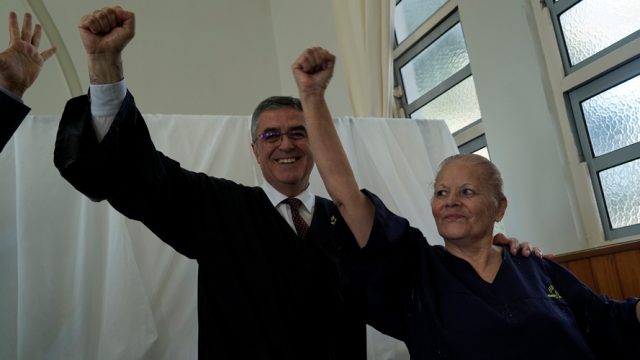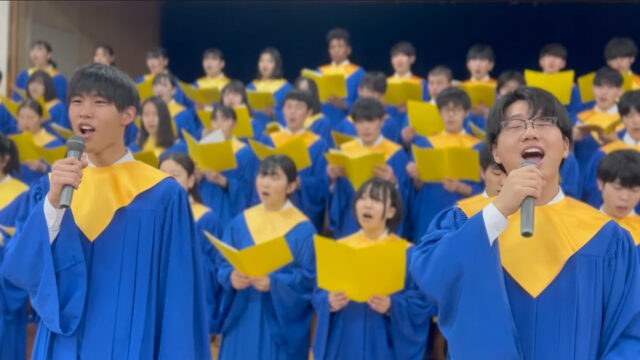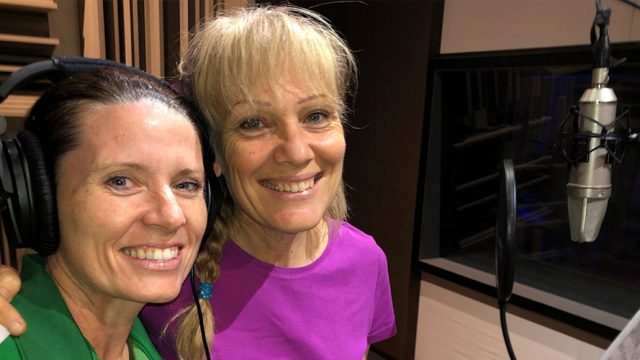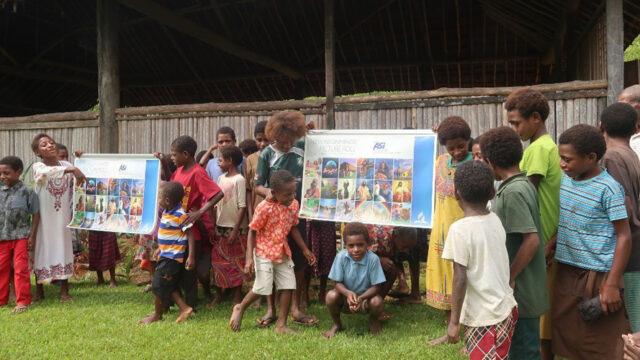Parents have the privilege of shaping children’s sexual knowledge, values, and behaviors.

My daughter was 6 years old when she first encountered online pornography. It was during her “Angelina Ballerina” phase when one day, while she was looking for ballerina images online, a pornographic image popped up on her screen. She got a fright, shut her screen, but didn’t say anything to her dad, who was sitting right next to her but missed seeing what she’d seen.
Research suggests that the average age of first exposure to pornography is getting earlier.1 Many parents tend to assume that careful monitoring of their children’s online activities can prevent unintentional exposure to pornography. This, however, is not true. Most experts agree that it is not a matter of “if” but “when” a child will encounter online porn.
A friend of mine recently told me that her 8-year-old son came home from his Adventist school and said, “Mummy, my friend showed me pictures of naked ladies on his phone.” When she responded, “Well, that’s OK, you’ve seen Mummy naked before,” her son replied, “Oh no, Mummy, these were fancy ladies.”
Considering the many documented harms of pornography to children,2 as well as the reality that parents cannot prevent exposure, even through very careful monitoring, what’s a parent to do?
First, when the parent-child relationship is based on love and trust, children feel safe talking to their parents about their lives, including confusing or disturbing experiences. Furthermore, when parents and children have a positive relationship, children are open to parental influence. If we want our children to talk to us about their lives—and if we want to have permission to speak into their lives—we must nurture a loving, trust-based relationship with them. As you contemplate how you might be more intentional in doing this in your home, never forget that, for children, LOVE is spelled T-I-M-E.
Second, begin conversations about sexuality early. As parents, we’re often reluctant to talk to our children about sex. Usually, this is due to our own parents’ inability to speak to us, and so we have no model or vocabulary for these conversations. As a result, many parents fear they will say too much or the wrong thing. But when we say nothing, we are still teaching our children valuable lessons about sexuality: we’re teaching them that we have nothing to say about sex; that Scripture and our faith community have nothing to say about sex; and that, evidently, God must have nothing to say about sex. And so our children learn that the messages they hear from their friends and the media are true.
This results in their being caught between “two competing narratives.”3 When sex is a taboo topic in the home, children learn that sex is bad. This “traditional” narrative has roots in Greek dualism, which dichotomized the body and soul, declaring the body bad and the soul good. Adopted by the medieval Christian church, this narrative continues to influence the way in which many Christians think and talk about sex.
An alternative narrative emphasizes personal satisfaction, freedom, and self-expression, and declares that sex is great and it’s about me! This individualistic narrative, unrelentingly taught by popular culture, has given rise to “cheap sex,” i.e., sex that is readily available through hook-up culture and free, high-quality pornography—no relationship required.4
Consider your own experience. How did you first learn about the story of sex? For most of us, our earliest lessons about sexuality are learned within the tension between these two competing narratives. But neither of these narratives represents the relational story of sex outlined in Scripture, which teaches that sex is good (Gen. 1:31; 1 Tim. 4:4); that it’s about a relationship (Gen. 2:22, 25); and that it’s about God (1 Cor. 6:19, 20).
My daughter was 6 years old when she first encountered online pornography. But because we’d worked on intentionally overcoming our awkwardness around the topic, we’d been talking to her about sex from a young age. And because the message she was hearing from us was that sex is good, that it’s about a relationship and that it’s about God, she already had a mental framework for processing the pictures she saw that day.
Third, learn all that you can about how to talk with children about pornography. In our home, the conversations that began in early childhood continued so that when a high school friend told my daughter about a struggle with pornography, she knew she could bring that conversation home too. I wish we’d been more equipped to talk about pornography addiction, about its impact on relationships, and about how to help someone struggling with it. But while we didn’t know how to talk about these things, we worked on keeping the communication lines open and muddled through somehow, learning together with our children.
As a parent or grandparent, you have the privilege of shaping your child’s sexual knowledge, values, and behaviors. Imagine if your children could avoid the messages of the traditional and individualistic narratives, and instead learn the relational narrative of Scripture. This will not happen without your intentional effort to overcome your awkwardness and reluctance to talk about sex. Whatever you choose not to teach, your children will learn elsewhere.
____________________________
¹Angus Morgan, “Pornography the Norm for Young Australians,” Burnet Institute, June 30, 2017, burnet.edu.au/news/852_pornography_the_norm_for_young_australians.
²Australian Human Rights Commission, “Inquiry into harm being done to Australian children through access to pornography on the Internet,” April 2016, humanrights.gov.au/our-work/legal/submission/inquiry-harm-being-done-australian-children-through-access-pornography.
³David Kinnaman, You Lost Me: Why Young Christians are Leaving Church . . . And Rethinking Faith (Grand Rapids, MI: Baker, 2016).
⁴Mark Regnerus, Cheap Sex (New York: Oxford University Press, 2017).
The original version of this commentary was posted by Adventist Record.








